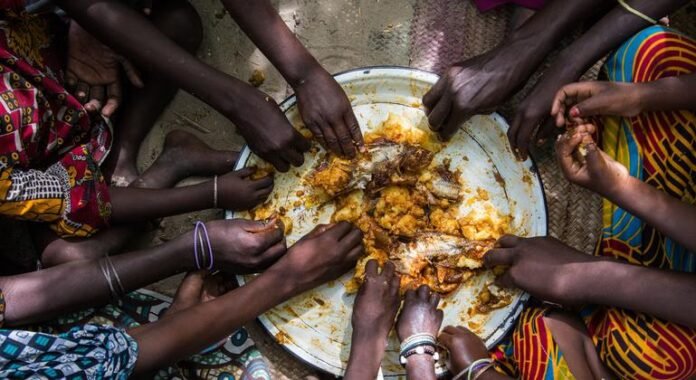At the beginning of each year, UNICEF assesses the risks children may face and recommends measures to reduce the potential harm from those risks.
This latest UNICEF report is called- Vision 2025 for Children: Building Resilient Systems for Children’s Future.
The report emphasizes the need to strengthen national mechanisms designed to reduce the impact of crises on children. There is also an emphasis on ensuring children have access to the support they need.
Here is an overview of some of the key trends for 2025:
Double the number of children living in conflict areas
Armed conflict and war will pose serious risks to children in 2025. The intensity and violence of these conflicts and wars are also increasing.
More than 473 million children – one in six children worldwide – now live in conflict-affected areas.
The world is experiencing the highest number of conflicts and wars since World War II.
The percentage of children living in conflict-affected areas has increased from about 10 percent in the 1990s to about 19 percent today.
Amid growing geopolitical rivalry and the inaction of multilateral institutions, both national and non-national actors are willing to ignore international law.
It is worth noting that these laws are designed to protect the civilian population, but attacks on civilian infrastructure such as schools and hospitals are now a common occurrence.
The failure of decades of efforts to protect ordinary people and their isolation is having a profound effect on children.
Children are facing risks to their lives, including displacement, hunger and disease.
Apart from this, their mental health is also seriously affected.
The multilateral system has struggled to take effective action. An organized and sustained effort is needed to repair the damage done in recent years.
The financial system is not working
Governments in developing countries face increasing difficulties in investing the resources they need for children due to slow economic growth, rising debt, insufficient tax revenue and a lack of development aid.
Another important factor is rising sovereign debt.. About 400 million children live in countries facing debt crisis. This number is likely to rise further unless major reforms are implemented.
The cost of paying interest on these loans is hindering the investment needed for children.

In 2025, important decisions must be made to reform the framework of institutions, policies, rules and processes that govern the global financial system.
The irreversible consequences of the climate crisis
Children are disproportionately affected by climate change and its impact on their development, health, education and well-being can be lifelong and irreversible.
The year 2025 presents a significant opportunity for progress on global climate goals. This means developing comprehensive and sound policies, providing adequate and equitable financing and investment, building strong regulatory and accountability frameworks, and implementing effective monitoring mechanisms.
Better access to digital services
Several digital trends will shape our future in 2025 and beyond.
The rapid advancement of emerging technologies will impact every aspect of children’s lives, be it education, communication or their participation in the digital economy.

A key trend is the rise of Digital Public Infrastructure (DPI)..
DPI is a set of shared digital systems that can provide equal access to public and private services.
It facilitates the availability of digital public services on a large scale from which children also benefit, and is now rapidly being adopted around the world.
DPI has the potential to fundamentally change the way governments engage with their citizens, especially children.
It can also play a central role in advancing norms that promote growth, inclusion, trust, innovation and respect for human rights.
But persistent disparities in digital access, especially in less developed countries, are a major obstacle to ensuring that DPI can serve every child.
Additionally, there are challenges in ensuring data consistency across different systems and guaranteeing adequate data protection and privacy.

Pressure on world governance
New and ongoing crises will continue to challenge the future of global governance.
In 2025, nations and institutions must answer the critical question of whether the global multilateral framework will come together to provide a coordinated response to our shared challenges, or become more fragmented, threatening the capacity for collective action.
The direction we take will have a profound impact on efforts to protect the rights and well-being of children around the world.
Children’s rights always take priority
In conclusion, the authors of this UNICEF report emphasize the importance of taking and promoting measures to improve children’s lives and their abilities and potential.
These measures must incorporate the principles of inclusion, equity and accountability, so that children’s rights and needs are always a priority.
And, it is equally important that these systems not only address current global challenges, but also consider preparedness based on predictions and assessments of the near future.

